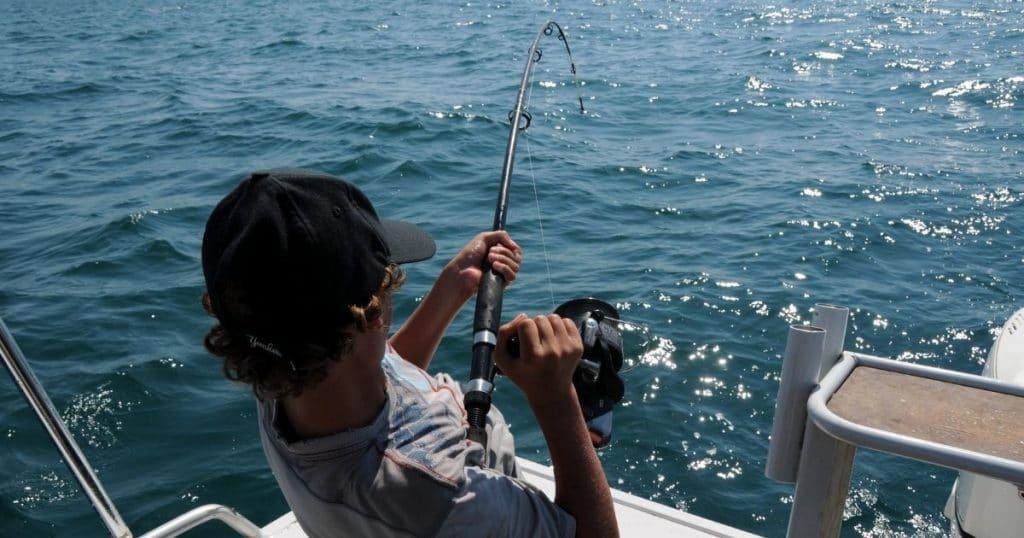When trolling for walleye, you want to choose a lure that resembles baitfish. During the late season, walleye are less responsive to structure or cover, and prefer to swim above it. Cast a crankbait or live bait rig at a faster speed for a better action. But you don’t have to go that fast to get results. Regardless of lure type, use the same basic technique to catch more fish.
The most important tool for trolling for walleye is a hook. You need one that is made of durable, corrosion-resistant material. A good hook has a good surface tension. If you are using a plastic bait, it’s wise to use a stainless steel hook. Another important tool for walleye trolling is a snap weight. These simple lures can be lowered into the water column because they are more effective when trolled with a snap weight.
A longer profile bait gives the walleye more to look at. The bait also tracks well in the shallows. As long as it is slack, walleye will follow it. And if you’re using lead core, you must use a long leader. To make sure you’re fishing in deep waters, use your largest reel, as well as a long leader. And don’t forget to use a fish finder, or you’ll be wasting your time chasing a lost fish.
The most effective lure for walleye fishing is the Storm ThunderStick. It features original ThunderStick molds, premium VMC hooks, and a realistic-looking, injured baitfish swimming action. It weighs 5/8-ounce and dives to twenty-five feet. There are also smaller versions available. But for best results, use a stick bait with a lip that fits the walleye. This lure is known to produce a good strike rate and a big haul.
Remember to adjust the speed when trolling for walleye. Slow wobbles attract walleye because they are slow and sluggish. Try to vary your speed to increase the odds of catching walleye. By troll for this species, you can catch more fish than ever before! And, as always, remember that the more the better! Using a Slow Wobble to Target Walleyes is Best. You should read Trolling Fishing Tips to know it better.
If you’re looking for a lure that will attract a big walleye, you must choose the right size. While a fast-trolling lure is not the best choice for every situation, it is the most effective lure for a walleye’s feeding habits. This is an important factor when trolling for a large fish. A slow-trolling speed is essential for a successful catch. If you’re looking for the fastest lure, choose one that is 1.4-2.5 inches in diameter.
While a fast-speed lure will attract a larger fish, a slow-troll speed will yield more results for a smaller bait. A slower-troll speed is best for spring-season trolling. During early seasons, the lure should move only a little bit in the water. If you want to catch a large walleye, you should use a slender rod. The snell should be short enough so that the fish can easily grasp the lure.
When trolling for walleye, you need to focus on the contour and the depth of the water. Usually, the speed of a baitfish is less than 2 miles per hour, but sometimes it can be as much as half that. In these situations, the lures that will make a big difference are the size and diameter of the lines. If you’re looking for the most efficient technique for walleye, you should choose a high-quality braided line. It’s not the most expensive option, but it will ensure a quality hook.
As for the equipment, a boat is the most important piece of equipment for trolling for walleye. A 17-foot boat is best. It has a low-idling outboard and a slender trolling motor. Besides a boat, you’ll also need a downrigger and rod holders. A side-planer is ideal for targeting walleye that might not be present in shallow waters.
In addition to the rod, you should also invest in a high-quality reel. A good trolling line should be a minimum of ten pounds and should be waterproof. A good trolling line can withstand a lot of abuse. If you’re going to use a heavy-duty rod, make sure it’s strong enough to handle the extra weight of the lure. In addition, a heavy-duty line should be able to stand up to the abuse that trolling causes.
You may also like our another article about walleye fishing-

